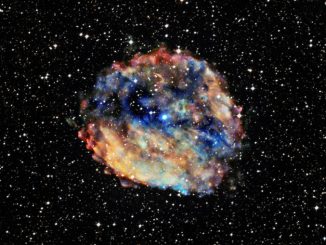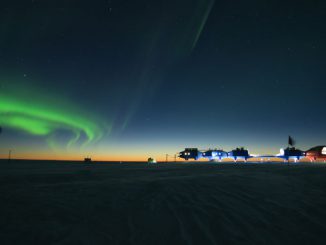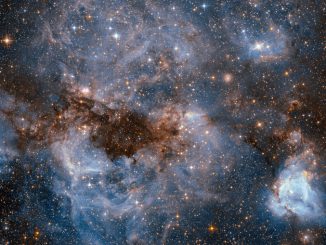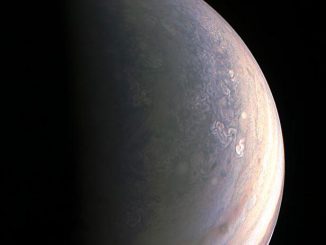
Young magnetar likely slowest pulsar ever detected
Using X-ray observatories, astronomers have found evidence for what is likely one of the most extreme pulsars, or rotating neutron stars, ever detected. The source exhibits properties of a highly magnetised neutron star, or magnetar, yet its deduced spin period of 6⅔ hours is thousands of times longer than any pulsar ever observed.









